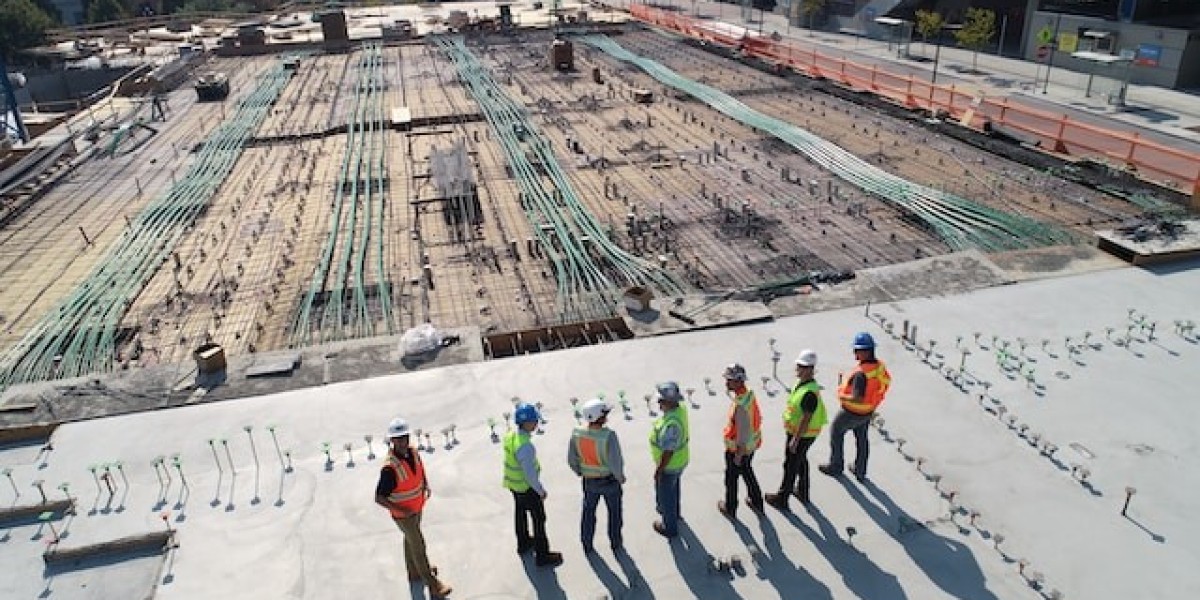Explore the significance of green architecture in today's world. Learn how this sustainable approach by architecture firms like Orange County architecture firms reduces environmental impact and promotes a healthier future.
In the age of climate change, addressing global environmental issues has become an imperative for everyone, including the field of architecture. Green architecture, also known as sustainable architecture, is an eco-friendly approach to design that aims to reduce the detrimental effects of construction projects on human health and the natural environment. This article explores the importance of green architecture and why it is essential in today's world.
1. What is Green Architecture?
Green architecture is a sustainable approach to building that focuses on creating energy-saving and environmentally friendly structures. It is centered on the idea of designing and constructing buildings with minimal negative impacts on the planet.
It often integrates renewable energy sources, utilizes recycled and eco-friendly materials, and promotes natural ventilation and daylighting to create harmonious living spaces that coexist with nature. This sustainable approach not only benefits the environment but also enhances the quality of life for occupants while contributing to a more sustainable future for all.
2. The Roots of Green Architecture:
Green architecture is not a new concept; it draws inspiration from ancient civilizations that were more attuned to the environment. For example, the Romans used geothermal energy for heating, and the Persians invented natural ventilation systems through windcatchers that efficiently captured and channeled natural breezes, providing cooling and ventilation in arid regions.
By drawing inspiration from these historical techniques, modern green architecture builds upon age-old wisdom to create a more sustainable and ecologically conscious approach to building design.
3. Why Green Architecture Matters:
In the early 21st century, buildings have consumed a significant portion of the world's resources and have contributed to landfills, greenhouse gas emissions, and various environmental problems. Green architecture becomes crucial in addressing issues like global warming, water stress, energy resource dependence, and pollution.
4. Examples of Green Architecture:
Green architecture is a contemporary movement that has gained momentum in recent decades. Prominent examples include One Central Park in Sydney designed by Jean Nouvel (2008-2014) and Robinson Tower in Singapore by Kohn Pedersen Fox Associates (2015-2018). These projects showcase futuristic designs while prioritizing sustainability in construction materials, methods, and operations.
5. The Future of Green Architecture:
Green architecture is not just a trend; it is an essential aspect of the future of architecture. Architects continue to incorporate futuristic styles while emphasizing sustainability. As global awareness of environmental issues grows, green architecture will play a pivotal role in addressing the ongoing environmental crisis.
Conclusion:
Green architecture is a sustainable approach to building that seeks to mitigate the adverse impacts of construction on the environment and human health. With the increasing environmental consciousness worldwide, it is clear that green architecture by professional firms like Orange County architecture firms is essential in addressing the pressing environmental challenges we face. As architects continue to prioritize sustainability, green architecture will remain at the forefront of the quest to resolve the environmental emergency. It is not just a design choice but a commitment to a healthier and more sustainable future for our planet.








